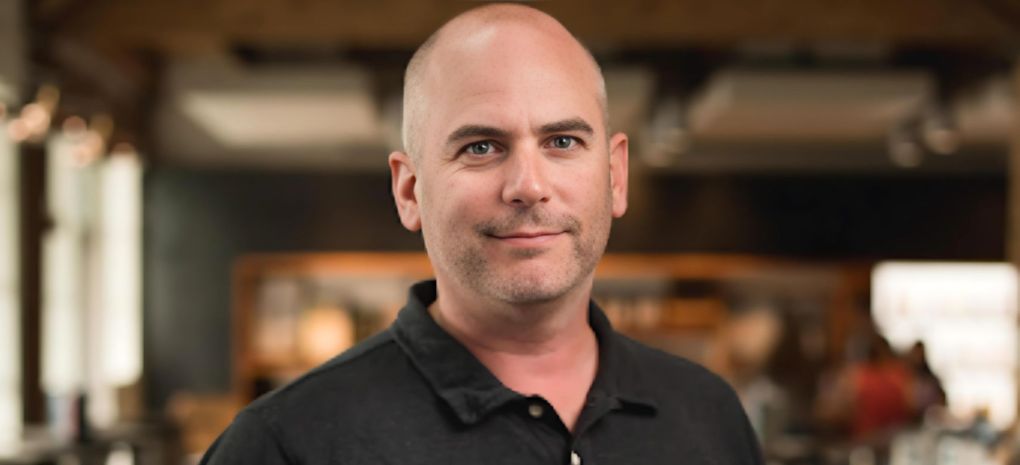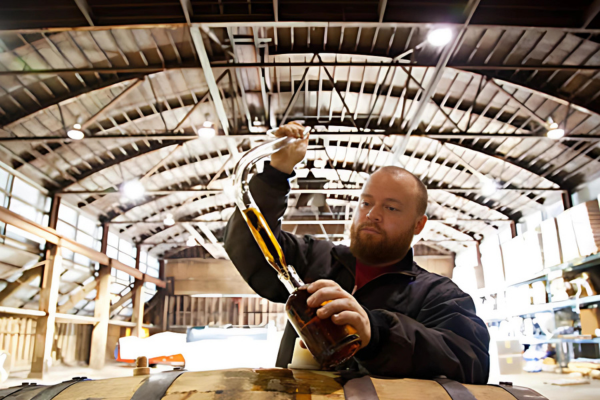
24/07/2024 Exploring the Impact, Differentiation, and Future of American Single Malt Whiskey
The emergence of American Single Malt Whiskey marks a significant milestone in the world of whiskey. With the recognition by the Alcohol and Tobacco Tax and Trade Bureau (TTB) as a distinct category, American single malt is poised to redefine the whiskey landscape. We talk to Steve Hawley, President of the American Single Malt Whiskey Commission to talk about the regulatory changes affecting the industry, and the unique characteristics that set American single malt apart from its traditional counterparts.
Steve, can you tell us about the founding of the American Single Malt Whiskey Commission and its role in the American single malt whiskey industry?
The ASMW Commission was founded in March 2016 at a meeting of nine distilleries that came together in Chicago to discuss how to expand the industry (both in awareness and notoriety) and, importantly, how to define the category from a production standpoint. A definition was finalized and the Commission subsequently petitioned TTB to add a formal Standard of Identity to the regulations. Our ranks expanded quickly in the following years. Today, the Commission counts over 100 member distilleries and serves as the leading voice in establishing, promoting, and protecting the category both domestically and abroad.

Image: ASMWC - Single Malt Whiskey brands from member distilleries
How do you think the TTB regulations for American single malt whiskey are impacting the industry and its perception both domestically and internationally?
It is the lack of a formal definition for ASMW that is threatening the category. While TTB heeded our petition and published a proposed Standard of Identity in July 2022 that aligns with that petition, they have yet to ratify it. Still, the category has become the most talked about in the whiskey industry over the past few years. The biggest threat now to the category and its reputation is the potential for unscrupulous actors to label products as American Single Malt Whiskey that don’t meet the global understanding of what single malt is. In the absence of a formal Standard of Identity, distillers could play loose and fast with the rules. If this does happen, and happen enough it could tarnish the reputation of the category.
How does American single malt whiskey differentiate itself from traditional single malts from Scotland, Ireland, and Japan?
While single malt has been made for centuries, the truth is that much has been left unexplored in how it's produced. On the whole, American producers are looking to put their own stamp on the style by intentionally not mimicking Scotch single malt in particular. Within the guardrails of how single malt is defined, there is a lot of room for creativity and innovation. This is less the case in old world countries, not because of differing regulations, but because (1) production has been largely commoditized for cost, (2) tradition has perpetuated distillery and regional styles, and (3) demand has been so strong in recent years that there is no incentive to change the approach. In America, we have every incentive to test the boundaries of single malt and deliver new and unique flavor profiles.

Image Source: Wetland Distillery
What are the key factors driving the growth of the American single-malt whiskey category?
Distillers see the opportunity in single malt so that is leading to a critical mass of production that is fueling the category’s growth. Distillers also WANT to make single malt because, frankly, it’s interesting. From a consumer standpoint, in America, the level of whiskey knowledge is expanding exponentially. That leads to more brand promiscuity. Consumers are increasingly interested in trying more things, exploring new flavors, and learning more about whiskey. AMWS is the perfect vehicle for whiskey enthusiasts to take the next step on their journey.
What are some of the challenges and opportunities facing American single-malt whiskey producers?
There are two main challenges to the category. First, single malt is expensive to make. Second, the absence of a formal definition causes commercial challenges for American distillers. The trade has yet to fully embrace the category with respect to categorization on store shelves and bar menus. This is critical for ASMW. Being placed and merchandised in the right context will help consumers ultimately navigate shelves and menus and understand better what they are buying.

Image: Steve Hawley with co-founders Ron Silberstein and Dave McLean.
Can you share any insights into the educational efforts surrounding American single-malt whiskey and how they are helping to raise awareness and appreciation for the category?
Successful whiskey brands understand that education is key no matter what the style or category. ASMW is no different. The onus truly falls on every distiller to be constantly educating consumers and the trade on what ASMW is and how to think about it. For its part, the mere existence of the Commission gives producers a way to work together collectively to amplify those messages and a central point of contact for the world at large to learn more about the category. We are active in press outreach (this interview is a great example) and also events that we host for consumers to come learn and taste.
How do you see the role of big brands in the American single malt whiskey category evolving, and what impact do you think this will have on the overall market?
The entrance to the category by the big brands is more validation that there is great momentum and opportunity for the category. We welcome their participation and have nearly all of the big spirits groups represented in our membership. Certainly, with the resources at their disposal, they have the potential to help us all reach a larger audience and spread the word about ASMW far and wide.
How do you envision the future of American single malt whisky, both in terms of production and consumer appreciation?
ASMW is truly the next big thing in whiskey. In the near future I see a greater global recognition for the world-class quality of single malt being released by American producers. With the ratification of a formal Standard of Identity, you’ll see more distilleries enter the category. There are already 200+ distillers making some volume of single malt and I wouldn’t be surprised to see that number hit 500 within a couple of years after ratification. I also see existing producers increase their production. And finally, you’ll see a lot more distilleries exporting ASMW across the globe.

Image: American Single Malt Whiskey Commission Convention
Can you share any exciting developments or projects that the American Single Malt Whiskey Commission is currently working on?
Aside from continuing to pester TTB to act we have a number of initiatives underway. First and foremost we’re focused on consumer events that give our members exposure and further educate consumers about the category. Just recently we hosted a tasting event at Seven Grand in Denver with 22 ASMW producers tasting over 200 consumers. (That is the most number of ASMW producers pouring at a single event ever.) We’re also focused on advancing platforms that are important to our membership including Transparency, low-GN barley development, collective export programs, the advancement and proliferation of malt varieties, and continued press outreach.
[[relatedPurchasesItems-31]]
Conclusion:
As American single malt whiskey gains traction and recognition, it is clear that this category is here to stay. With its unique flavor profile, innovative production methods, and growing consumer base, American single malt is set to become a cornerstone of the whiskey industry. The future holds exciting possibilities for American single malt, as producers continue to push boundaries and expand the horizons of whiskey-making.
In conversation with Malvika Patel, Editor and VP, Beverage Trade Network



